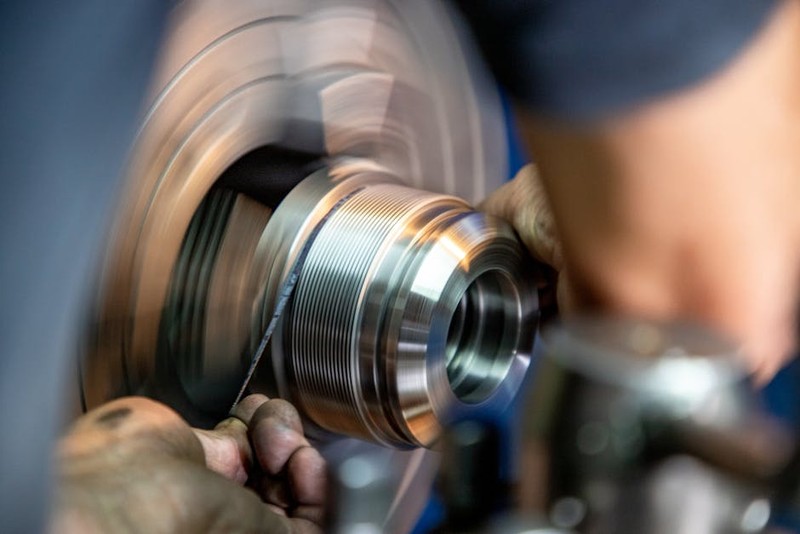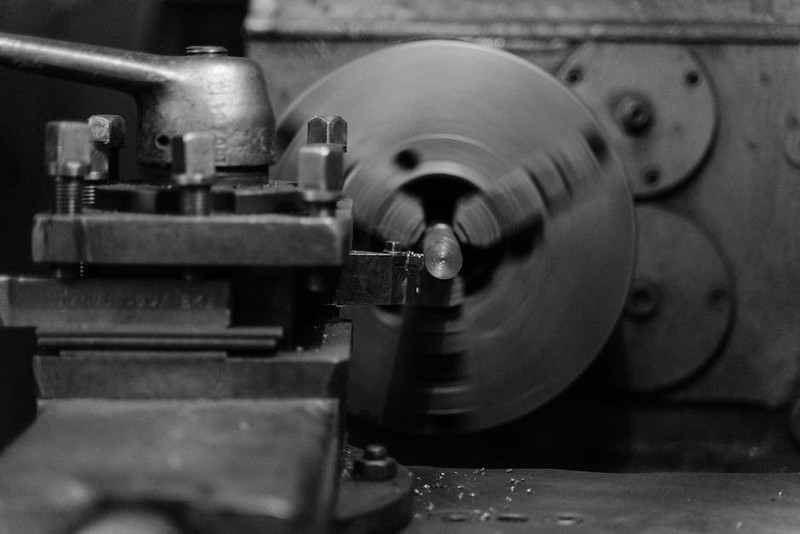The Anatomy of a CNC Turning Machine: Key Components Explained
CNC turning machines are marvels of precision engineering, but their efficiency hinges on understanding every component’s role. Here’s a breakdown of critical parts and their often-overlooked nuances:
1. Spindle: The Heart of Precision
- Function: Rotates the workpiece at high speeds (up to 10,000 RPM in advanced models).
- Challenge: In a recent aerospace project, spindle misalignment caused a 0.005″ tolerance deviation, scrapping 12% of parts.
- Solution: Laser alignment checks every 500 hours reduced errors by 90%.
2. Turret: The Multi-Tasking Hero
- Tool Capacity: 12-station turrets are standard, but high-mix shops benefit from 16+ stations.
- Case Study: A medical device manufacturer reduced tool-change time by 15% by switching to servo-driven turrets.
3. Chuck: Gripping Under Pressure
- Types: Hydraulic (for heavy-duty) vs. pneumatic (for speed).
- Pro Tip: Use soft jaws for delicate materials like titanium to avoid micro-fractures.
The Hidden Challenge: Tool Wear and Its Ripple Effects
Tool wear isn’t just about replacing inserts—it’s a systemic issue. Data from a 2023 industry report shows:
| Factor | Impact on Cost | Solution |
|---|---|---|
| Unoptimized Feeds | +18% tool cost | Adaptive feed algorithms |
| Coolant Contamination | +25% downtime | RFID-tagged coolant filters |
Lesson Learned: In a high-volume automotive project, switching to ceramic-coated inserts extended tool life by 30%.
Innovative Strategies for CNC Turning Efficiency

1. Dynamic Toolpath Optimization
- Problem: Traditional G-code paths waste 12–15% of cycle time on air cuts.
- Fix: CAM software with AI-driven pathing cut our cycle time by 22%.

2. Tailored Coolant Systems
- Mistake: Using flood coolant for all materials led to 8% part warpage in aluminum.
- Breakthrough: MQL (Minimum Quantity Lubrication) reduced waste and improved surface finish by Ra 0.2 µm.
Case Study: Aerospace Flange Machining
Challenge: A client needed 500 flanges with a 0.001″ concentricity tolerance. Initial runs had a 14% rejection rate.
Actions Taken:
1. Upgraded to a hydrostatic spindle (reducing thermal drift).
2. Implemented real-time tool wear monitoring.
3. Switched to diamond-coated inserts for Inconel.
Results:
– Rejection rate dropped to 1.2%.
– Cycle time improved by 18%.
Expert Takeaways
- 🔍 Audit Your Spindle Alignment Quarterly: Even 0.001″ misalignment costs $5k/year in scrap.
- ⚙️ Invest in Smart Toolholders: Strain-gauge holders detect chatter before it ruins parts.
- 💡 Standardize Tool Libraries: Reduced setup time by 40% in our shop.**
By mastering these components and strategies, you’ll transform from a machine operator to a machining strategist. What’s your biggest CNC turning headache? Let’s troubleshoot it together.
